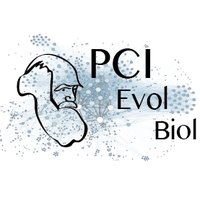Relative Time Constraints Improve Molecular Dating
This article has been Reviewed by the following groups
Discuss this preprint
Start a discussion What are Sciety discussions?Listed in
- Evaluated articles (Peer Community in Evolutionary Biology)
Abstract
Dating the tree of life is central to understanding the evolution of life on Earth. Molecular clocks calibrated with fossils represent the state of the art for inferring the ages of major groups. Yet, other information on the timing of species diversification can be used to date the tree of life. For example, horizontal gene transfer events and ancient coevolutionary interactions such as (endo)symbioses occur between contemporaneous species and thus can imply temporal relationships between two nodes in a phylogeny. Temporal constraints from these alternative sources can be particularly helpful when the geological record is sparse, for example, for microorganisms, which represent the majority of extant and extinct biodiversity. Here, we present a new method to combine fossil calibrations and relative age constraints to estimate chronograms. We provide an implementation of relative age constraints in RevBayes that can be combined in a modular manner with the wide range of molecular dating methods available in the software. We use both realistic simulations and empirical datasets of 40 Cyanobacteria and 62 Archaea to evaluate our method. We show that the combination of relative age constraints with fossil calibrations significantly improves the estimation of node ages. [Archaea, Bayesian analysis, cyanobacteria, dating, endosymbiosis, lateral gene transfer, MCMC, molecular clock, phylogenetic dating, relaxed molecular clock, revbayes, tree of life.]


